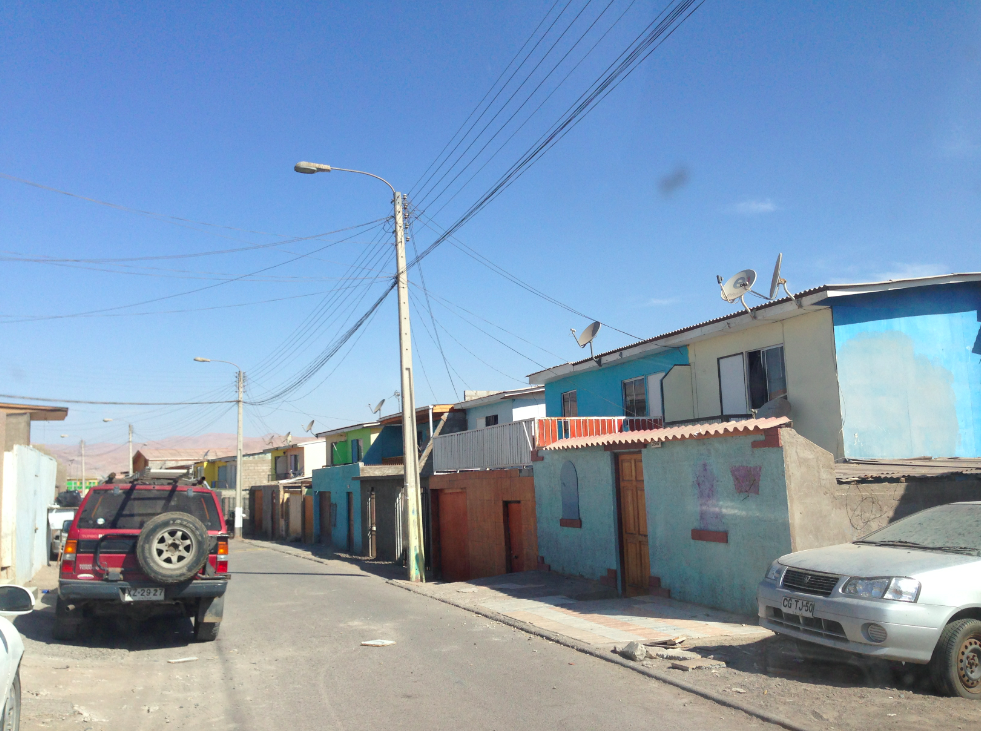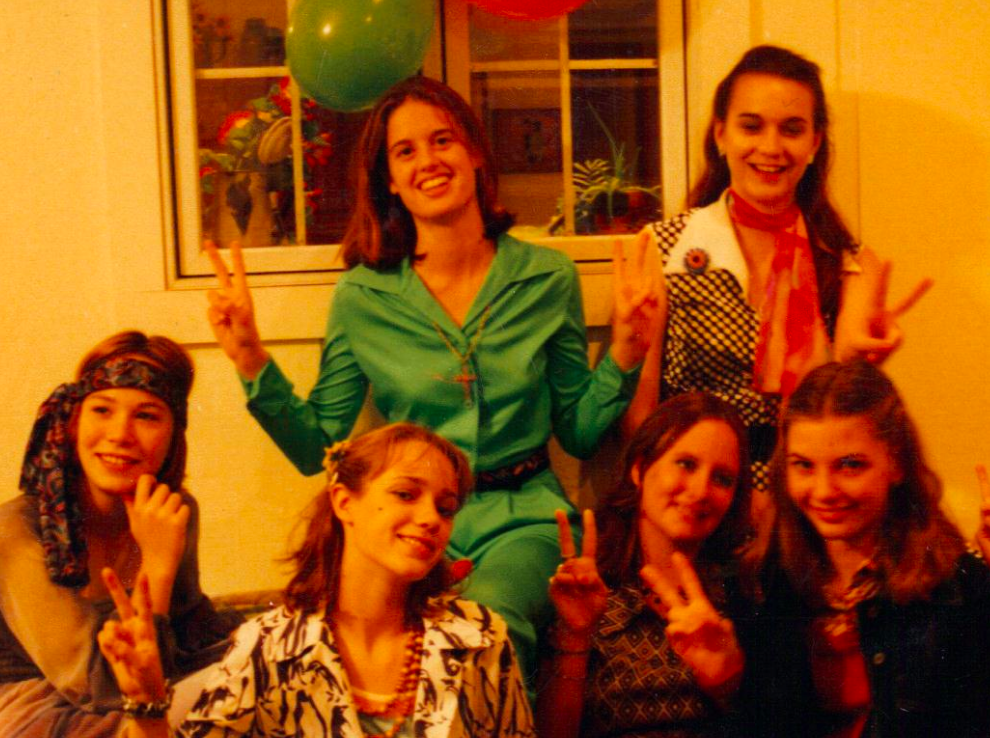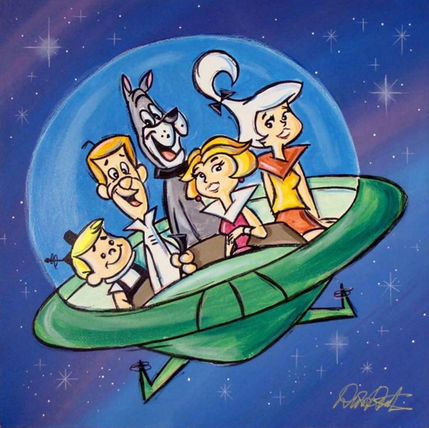Sometimes, leaving “the field” and returning can be incredibly productive. Sometimes it is because it gives you time to think and plan, while in a different mindset. Other times, it is because the return throws differences into stark relief with the life one leads in other places.
Both have been true for me in the last three days. After spending a month at University College London with my colleagues, I have a much better grasp on where The Global Social Media Impact Study is going, where my part fits in, and how it relates to the other eight fieldsites involved.
But what is even more impressionable, possibly even phenomenologically so, is the sense of aesthetics that I immediately notice upon returning. In London I lived in a quaint house with IKEA furniture, on a quiet little lane in a central suburb with plenty of independently owned shops on the high street. I wore my favorite uniform—1960s style shift dresses, leggings, and mid-calf height boots—almost every day. I got a haircut, and bought new mascara, and an old guilty pleasure of Body Shop tea tree oil face wash (fully acknowledging the problematic politics of the Body Shop).
In essence I lived, looked, and thus felt, a little more like myself. The nine of us on the project collectively wrote a blog on “real methods in anthropology” wherein we describe the ways we are a bit like chameleons, and do certain things to more closely fit in as we live in our fieldsites. While this may appear as “inauthentic” to some people, we know that the self in everyday life is always a performance (see Goffman 1959), and that people are always a different version of themselves in different contexts. Yet, returning to Alto Hospicio has reminded me just how different this self is from the selves I perform in Chicago, Washington DC, La Paz, and London.
Being away has also helped me to pinpoint what it is about this place that makes me so different, and perhaps fortunately, I think what I’ve realized has quite extensive impacts for my research as well. Put simply, the aesthetics of Alto Hospicio are incredibly different from those in the other cities where I like to spend time.
Indeed, to me, these styles appear as an absence. This has caused me to ruminate on what makes “middle class North Atlantic” style so different. And my initial supposition, is that it has something to do with nostalgia. My parents live in an Arts and Crafts era bungalow and have thus decorated the place in furniture reflecting that era. My best friend is slightly obsessed with Danish Mid-Century Modern design, which has influenced his furniture, clothing, and even the brand of headphones he owns. As a child, my favorite book--Anne of Green Gables—created a desire for my bedroom to have a certain country Victorian feel to it. And since my early teens I’ve enjoyed sifting through second hand shops for vintage clothing (often influenced by tv shows, from the Brady Bunch, to the Mary Tyler Moore Show, and most recently Mad Men).
This is not to say that all aesthetics in the North Atlantic are a product of nostalgia. There are others that reflect “foreign influence” such as Japanese inspired home interiors, or Ikea minimalism. Plenty of clothing in the “latest style” is made from new synthetic fabrics in styles that have not been broached in previous eras. And much recent architecture and car design has reflected 'green' or 'eco aesthetics,' that combines cuteness (pastel colors), efficiency (small=more fuel efficient), aerodynamics, functionality (hatchbacks carry more in a smaller space), and a sense of futurism. Yet, often, to me these types of style also appear as a sort of nostalgia for former visions of the future, as they appear in representations such as The Jetsons or 2001: A Space Odyssey (but maybe that’s just me?).
In sum, these forms of nostalgia appear as absent in Alto Hospicio. Instagram photos present uninspired subjects in mundane settings without much attention to the filters or other enhancements available in the application. Facebook posts—both photos and text—appear to lack curation. One person’s clothing style is indistinguishable from the next (at least to my eyes). Houses each equally resemble lego blocks (as Daniel Miller commented to me). And even the city’s parks and plazas do very little to appear as natural refuges from city life.
The challenge however, is to first, find a way of describing this form of aesthetics without implicitly privileging the forms of North Atlantic aesthetics I described earlier, both in language and ideology. And second, to find what are the underlying currents that define these forms of aesthetics that are present. I certainly would not characterize the aesthetics of Alto Hospicio as a form of Protestant asceticism (see Weber 1958). But it is a new city, so perhaps it would be naïve to think that nostalgia would be an important structure of feeling there. Most families in Alto Hospicio are working-class so frugality and functionality may be an important part of aesthetics.
I am more than welcome to comments that might propose different forms of aesthetics, whether they be possibilities for Alto Hospicio, or presented in contrast to what I have outlined here!



 RSS Feed
RSS Feed
